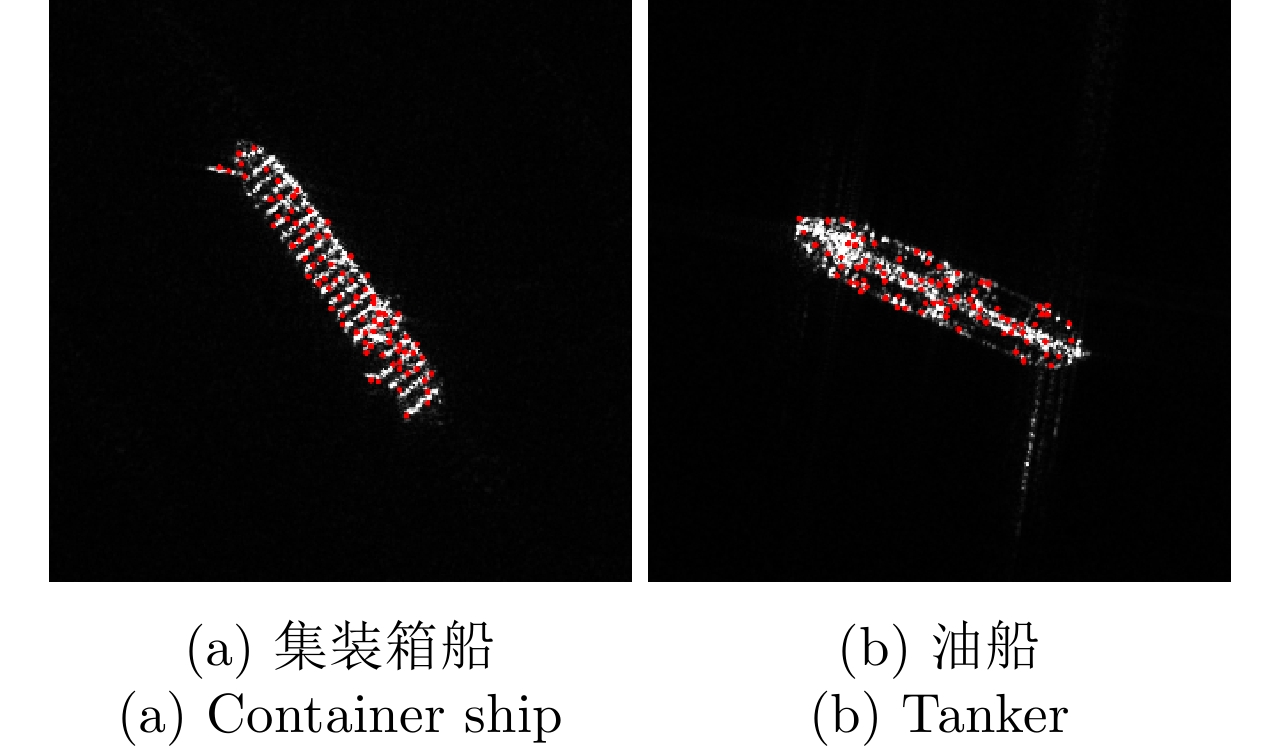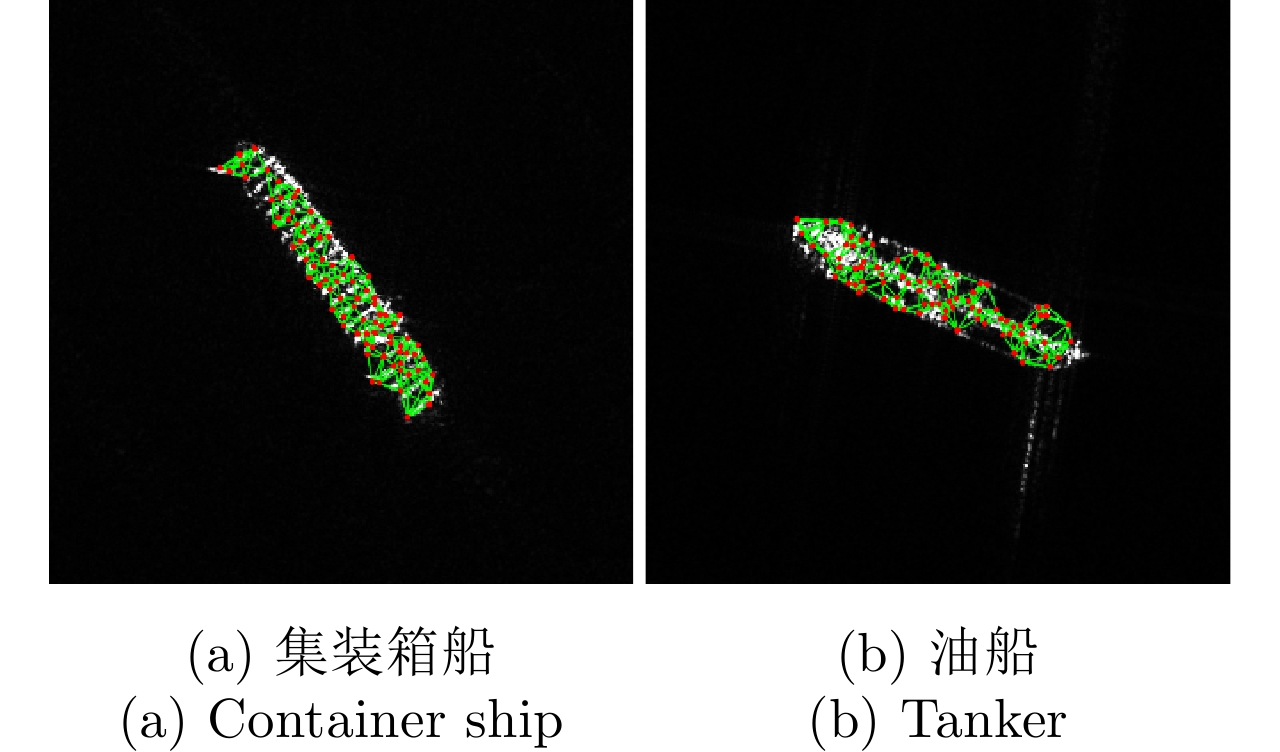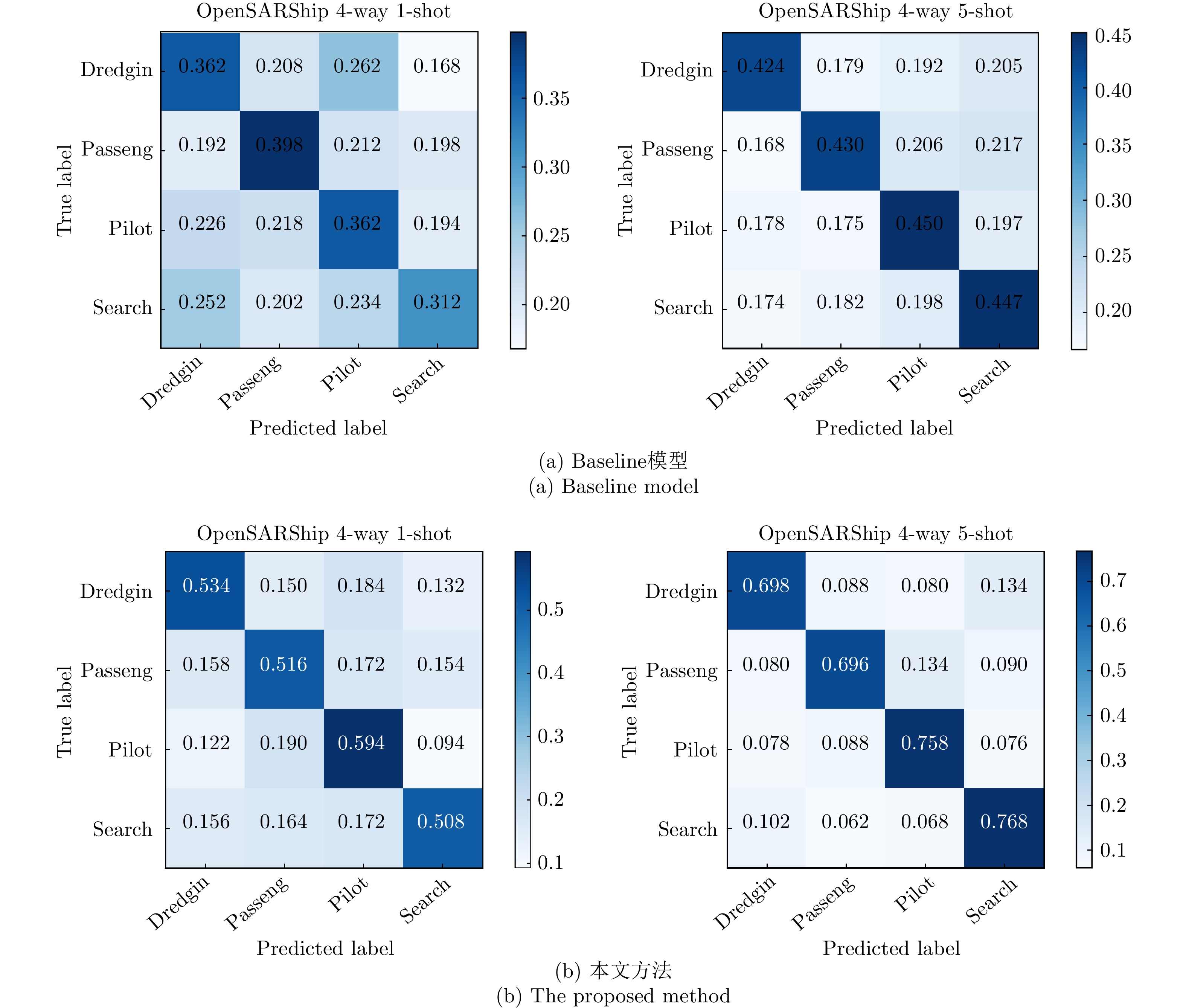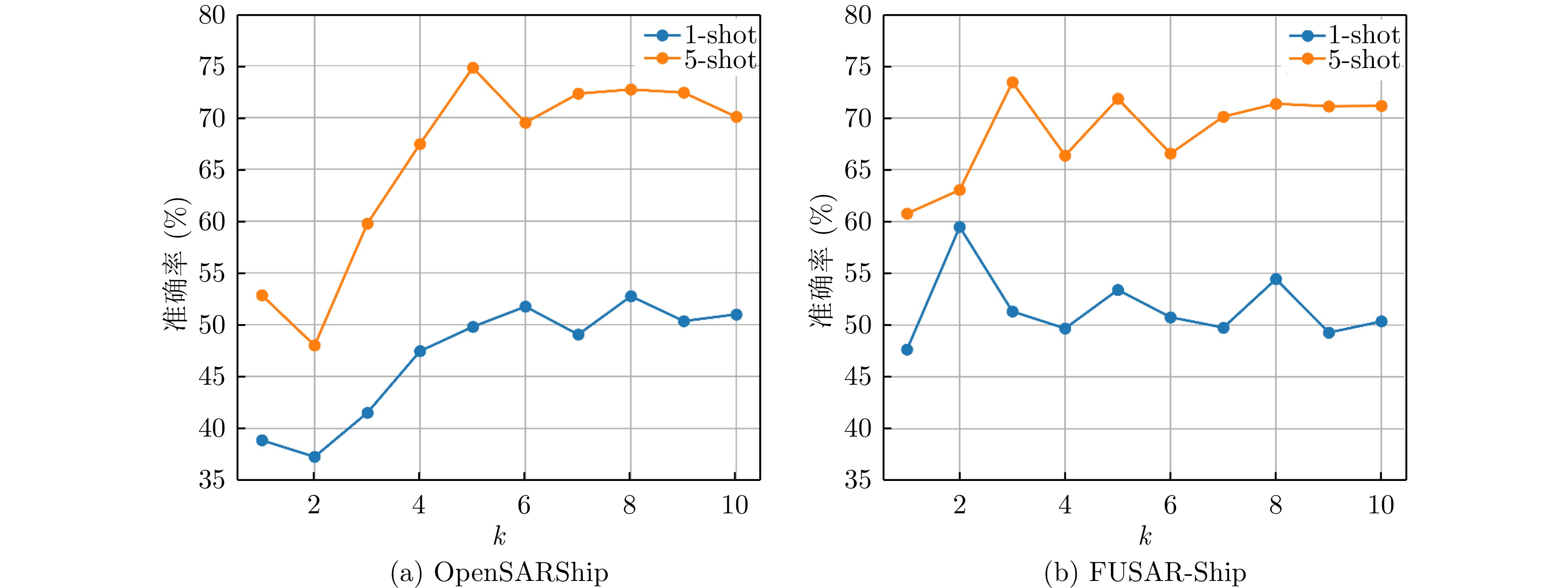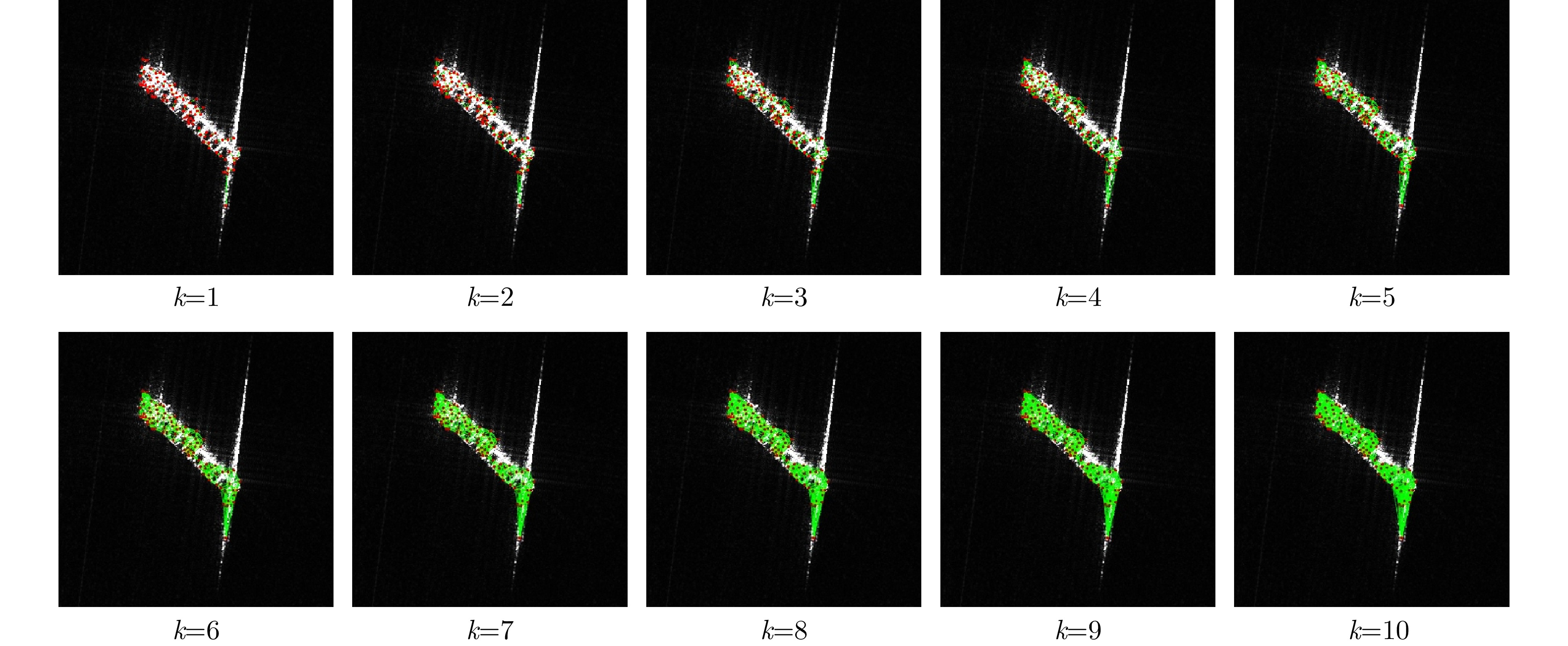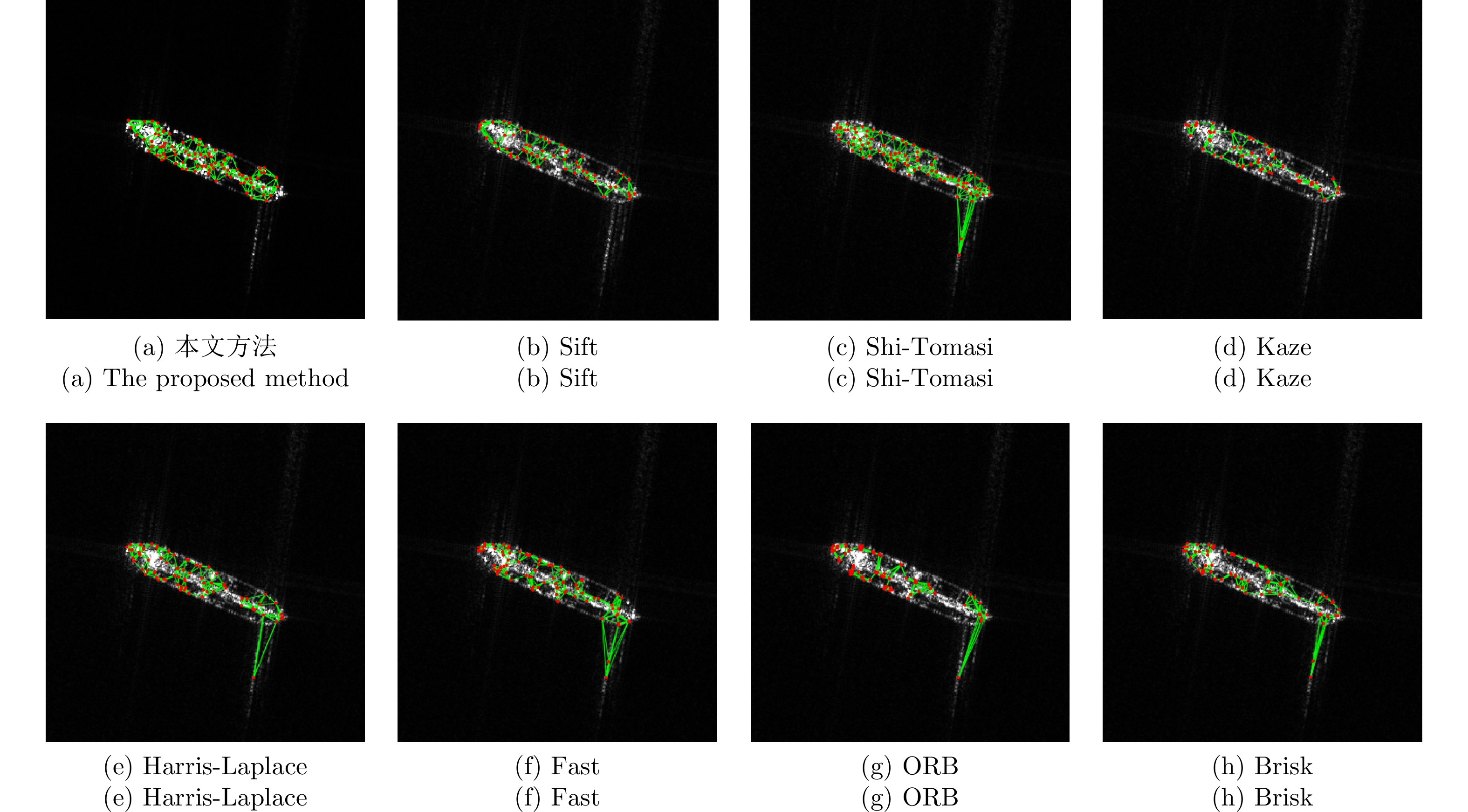| [1] |
HASHIMOTO S, SUGIMOTO Y, HAMAMOTO K, et al. Ship classification from SAR images based on deep learning[C]. SAI Intelligent Systems Conference, Cham, Switzerland, 2019: 18–34. doi: 10.1007/978-3-030-01054-6_2. |
| [2] |
雷禹, 冷祥光, 孙忠镇, 等. 宽幅SAR海上大型运动舰船目标数据集构建及识别性能分析[J]. 雷达学报, 2022, 11(3): 347–362. doi: 10.12000/JR21173. LEI Yu, LENG Xiangguang, SUN Zhongzhen, et al. Construction and recognition performance analysis of wide-swath SAR maritime large moving ships dataset[J]. Journal of Radars, 2022, 11(3): 347–362. doi: 10.12000/JR21173. |
| [3] |
HU Siru, MA Fumin, QIN Tianqi, et al. Infrared ship target recognition technology based on multi feature combination[J]. Ship Electronic Engineering, 2022, 42(2): 185–189. doi: 10.3969/j.issn.1672-9730.2022.02.040. |
| [4] |
OUCHI K. Current status on vessel detection and classification by synthetic aperture radar for maritime security and safety[C]. 38th Symposium on Remote Sensing for Environmental Sciences, Gamagori, Japan, 2016: 3–5.
|
| [5] |
田壮壮, 占荣辉, 胡杰民, 等. 基于卷积神经网络的SAR图像目标识别研究[J]. 雷达学报, 2016, 5(3): 320–325. doi: 10.12000/JR16037. TIAN Zhuangzhuang, ZHAN Ronghui, HU Jiemin, et al. SAR ATR based on convolutional neural network[J]. Journal of Radars, 2016, 5(3): 320–325. doi: 10.12000/JR16037. |
| [6] |
JI Yongjie, ZENG Peng, ZHANG Wangfei, et al. Forest biomass inversion based on KNN-FIFS with different alos data[C]. 2021 IEEE International Geoscience and Remote Sensing Symposium IGARSS, Brussels, Belgium, 2021: 4540–4543. doi: 10.1109/IGARSS47720.2021.9554712. |
| [7] |
ZHANG Xin, HUO Chunlei, XU Nuo, et al. Multitask learning for ship detection from synthetic aperture radar images[J]. IEEE Journal of Selected Topics in Applied Earth Observations and Remote Sensing, 2021, 14: 8048–8062. doi: 10.1109/JSTARS.2021.3102989. |
| [8] |
杜兰, 王兆成, 王燕, 等. 复杂场景下单通道SAR目标检测及鉴别研究进展综述[J]. 雷达学报, 2020, 9(1): 34–54. doi: 10.12000/JR19104. DU Lan, WANG Zhaocheng, WANG Yan, et al. Survey of research progress on target detection and discrimination of single-channel SAR images for complex scenes[J]. Journal of Radars, 2020, 9(1): 34–54. doi: 10.12000/JR19104. |
| [9] |
ZHANG Liangpei, ZHANG Legei, and DU Bo. Deep learning for remote sensing data: A technical tutorial on the state of the art[J]. IEEE Geoscience and Remote Sensing Magazine, 2016, 4(2): 22–40. doi: 10.1109/MGRS.2016.2540798. |
| [10] |
HOSPEDALES T, ANTONIOU A, MICAELLI P, et al. Meta-learning in neural networks: A survey[J]. IEEE Transactions on Pattern Analysis and Machine Intelligence, 2021, 44(9): 5149–5169. doi: 10.1109/TPAMI.2021.3079209. |
| [11] |
CAO Changjie, CUI Zongyong, CAO Zongjie, et al. An integrated counterfactual sample generation and filtering approach for SAR automatic target recognition with a small sample set[J]. Remote Sensing, 2021, 13(19): 3864. doi: 10.3390/rs13193864. |
| [12] |
NICHOL A, ACHIAM J, and SCHULMAN J. On first-order meta-learning algorithms[EB/OL]. https://arxiv.org/abs/1803.02999, 2018.
|
| [13] |
FINN C, ABBEEL P, and LEVINE S. Model-agnostic meta-learning for fast adaptation of deep networks[C]. 34th International Conference on Machine Learning, Sydney, Australia, 2017: 1126–1135.
|
| [14] |
SNELL J, SWERSKY K, and ZEMEL R. Prototypical networks for few-shot learning[C]. 31st International Conference on Neural Information Processing Systems, Long Beach, USA, 2017: 4080–4090.
|
| [15] |
SUNG F, YANG Yongxin, ZHANG Li, et al. Learning to compare: Relation network for few-shot learning[C]. 2018 IEEE/CVF Conference on Computer Vision and Pattern Recognition, Salt Lake City, USA, 2018: 1199–1208. doi: 10.1109/CVPR.2018.00131. |
| [16] |
VINYALS O, BLUNDELL C, LILLICRAP T, et al. Matching networks for one shot learning[C]. 30th International Conference on Neural Information Processing Systems, Barcelona, Spain, 2016: 3637–3645.
|
| [17] |
BENGIO Y. Deep learning of representations: Looking forward[C]. International conference on statistical language and speech processing. Berlin, Germany, 2013: 1–37. https://doi.org/10.1007/978-3-642-39593-2_1.
|
| [18] |
CHEN Weiyu, LIU Y C, KIRA Z, et al. A closer look at few-shot classification[C]. 7th International Conference on Learning Representations, Vancouver, Canada, 2019: 241–268.
|
| [19] |
CHEN Yinbo, LIU Zhuang, XU Huijuan, et al. Meta-baseline: Exploring simple meta-learning for few-shot learning[C]. 2021 IEEE/CVF International Conference on Computer Vision, Montreal, Canada, 2021: 9042–9051. doi: 10.1109/ICCV48922.2021.00893. |
| [20] |
CUI Zongyong, ZHANG Mingrui, CAO Zongjie, et al. Image data augmentation for SAR sensor via generative adversarial nets[J]. IEEE Access, 2019, 7: 42255–42268. doi: 10.1109/ACCESS.2019.2907728. |
| [21] |
DING Jun, CHEN Bo, LIU Hongwei, et al. Convolutional neural network with data augmentation for SAR target recognition[J]. IEEE Geoscience and Remote Sensing Letters, 2016, 13(3): 364–368. doi: 10.1109/LGRS.2015.2513754. |
| [22] |
WANG Ke, ZHANG Gong, XU Yanbing, et al. SAR target recognition based on probabilistic meta-learning[J]. IEEE Geoscience and Remote Sensing Letters, 2021, 18(4): 682–686. doi: 10.1109/LGRS.2020.2983988. |
| [23] |
PAN Zongxu, BAO Xianjie, ZHANG Yueting, et al. Siamese network based metric learning for SAR target classification[C]. IGARSS 2019–2019 IEEE International Geoscience and Remote Sensing Symposium, Yokohama, Japan, 2019: 1342–1345. doi: 10.1109/IGARSS.2019.8898210. |
| [24] |
LU Da, CAO Lanying, and LIU Hongwei. Few-shot learning neural network for SAR target recognition[C]. 2019 6th Asia-Pacific Conference on Synthetic Aperture Radar (APSAR), Xiamen, China, 2019: 1–4. doi: 10.1109/APSAR46974.2019.9048517. |
| [25] |
TAI Yuan, TAN Yihua, XIONG Shengzhou, et al. Few-shot transfer learning for SAR image classification without extra SAR samples[J]. IEEE Journal of Selected Topics in Applied Earth Observations and Remote Sensing, 2022, 15: 2240–2253. doi: 10.1109/JSTARS.2022.3155406. |
| [26] |
KANG Yuzhuo, WANG Zhirui, FU Jiamei, et al. SFR-Net: Scattering feature relation network for aircraft detection in complex SAR images[J]. IEEE Transactions on Geoscience and Remote Sensing, 2021, 60: 5218317. doi: 10.1109/TGRS.2021.3130899. |
| [27] |
SUN Yuanrui, WANG Zhirui, SUN Xian, et al. SPAN: Strong scattering point aware network for ship detection and classification in large-scale SAR imagery[J]. IEEE Journal of Selected Topics in Applied Earth Observations and Remote Sensing, 2022, 15: 1188–1204. doi: 10.1109/JSTARS.2022.3142025. |
| [28] |
SUN Xian, LV Yixuan, WANG Zhirui, et al. SCAN: Scattering characteristics analysis network for few-shot aircraft classification in high-resolution SAR images[J]. IEEE Transactions on Geoscience and Remote Sensing, 2022, 60: 5226517. doi: 10.1109/TGRS.2022.3166174. |
| [29] |
吕艺璇, 王智睿, 王佩瑾, 等. 基于散射信息和元学习的SAR图像飞机目标识别[J]. 雷达学报, 2022, 11(4): 652–665. doi: 10.12000/JR22044. LYU Yixuan, WANG Zhirui, WANG Peijin, et al. Scattering information and meta-learning based SAR images interpretation for aircraft target recognition[J]. Journal of Radars, 2022, 11(4): 652–665. doi: 10.12000/JR22044. |
| [30] |
KANG Yuzhuo, WANG Zhirui, ZUO Haoyu, et al. ST-Net: Scattering topology network for aircraft classification in high-resolution SAR images[J]. IEEE Transactions on Geoscience and Remote Sensing, 2023, 61: 5202117. doi: 10.1109/TGRS.2023.3236987. |
| [31] |
HARRIS C G and STEPHENS M J. A combined corner and edge detector[C]. Alvey Vision Conference, Manchester, UK, 1988: 1–6.
|
| [32] |
HUANG Lanqing, LIU Bin, LI Boying, et al. OpenSARShip: A dataset dedicated to Sentinel-1 ship interpretation[J]. IEEE Journal of Selected Topics in Applied Earth Observations and Remote Sensing, 2018, 11(1): 195–208. doi: 10.1109/JSTARS.2017.2755672. |
| [33] |
HOU Xiyue, AO Wei, SONG Qian, et al. FUSAR-Ship: Building a high-resolution SAR-AIS matchup dataset of Gaofen-3 for ship detection and recognition[J]. Science China Information Sciences, 2020, 63: 140303. doi: 10.1007/s11432-019-2772-5. |
| [34] |
LIU Bin, CAO Yue, LIN Yutong, et al. Negative margin matters: Understanding margin in few-shot classification[C]. 16th European Conference on Computer Vision, Glasgow, UK, 2020: 438–455. doi: 10.1007/978-3-030-58548-8_26. |




 Submit Manuscript
Submit Manuscript Peer Review
Peer Review Editor Work
Editor Work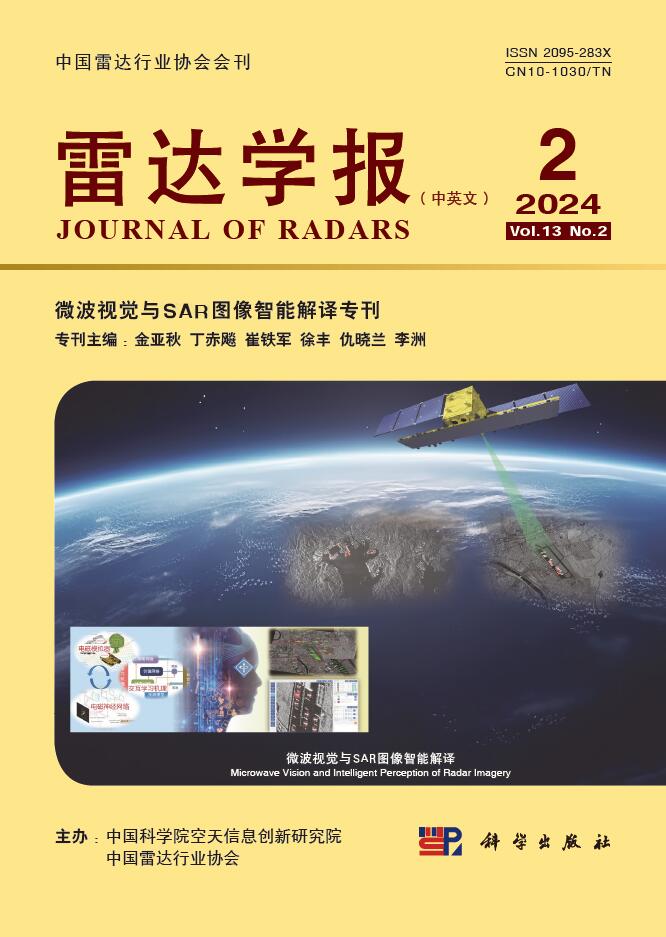

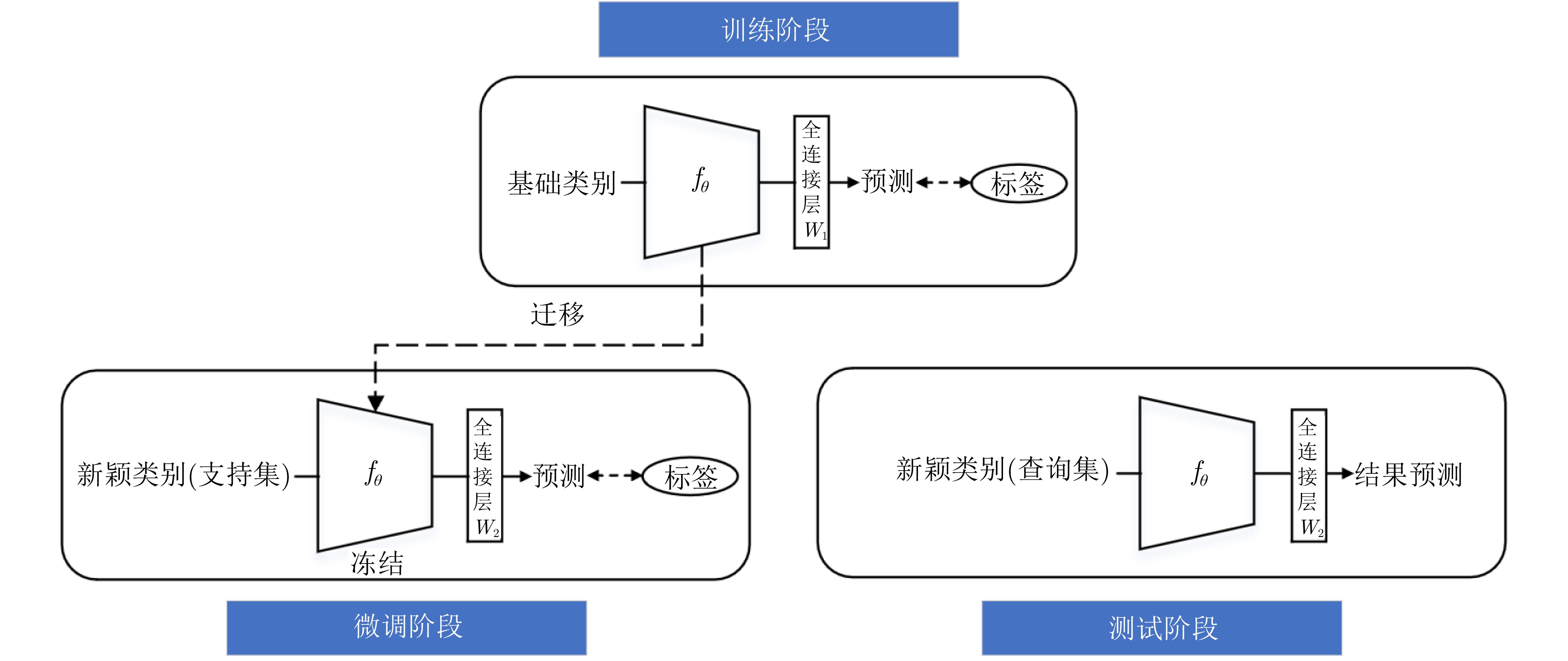



 DownLoad:
DownLoad:

